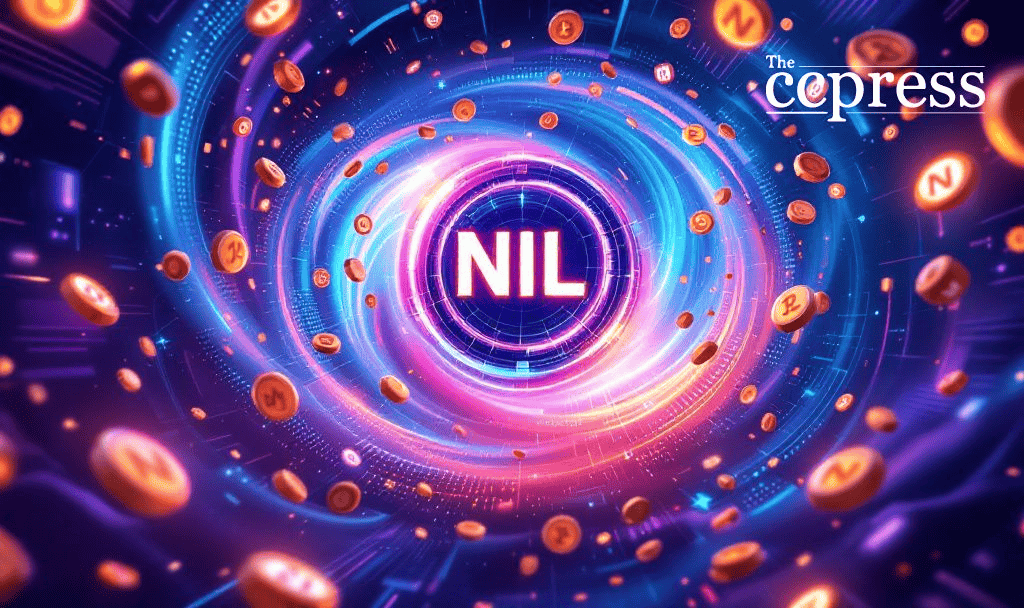- Nillion releases NIL token economics, Binance listing confirmed.
- Launchpool participation starts March 2025.
- Binance listing includes multiple trading pairs.

Introduction to NIL Token Economics
Nillion has announced the token economics for its NIL token, with an initial circulation of 195.15 million tokens, ahead of its listing on Binance in March 2025.
Key Details from Nillion’s Announcement
Nillion has disclosed the token economics for NIL, detailing an initial circulating supply of 195.15 million NIL tokens. The announcement follows a broader plan including a future listing on Binance. The total supply of NIL reaches one billion tokens. The distribution plan includes allocations for the treasury, community, core contributors, and partners.
Future Prospects and Market Impact
Nillion has secured a position on Binance Launchpool as its 65th project. Participants can lock BNB, FDUSD, and USDC to earn rewards. Binance will list NIL on March 24, offering multiple trading pairs, which will enhance liquidity and trading options for its users.
Immediate market reactions to Nillion’s strategy may lead to significant interest from cryptocurrency investors. The planned airdrop and listing might attract diverse participants, potentially increasing NIL’s market presence. The total supply distribution impacts governance and investor interest.
The financial implications include the strategic allocation of NIL tokens among vested entities. Each group, including the community and contributors, is allocated a significant portion. The upcoming Binance listing is anticipated to influence NIL’s trading volume and valuation.
The latest price data indicates that Nillion (NIL) is currently trading at $0.40, marking a -2.3% change in the past 24 hours. Analysts suggest that this trend aligns with previous market movements, reinforcing historical price patterns.
Expert insights suggest potential regulatory and technological outcomes for decentralized data networks like Nillion. By leveraging historical trends and analysis, experts highlight the growing importance of privacy and security in data processing networks.
